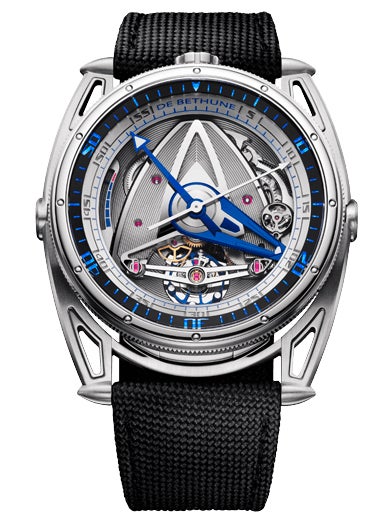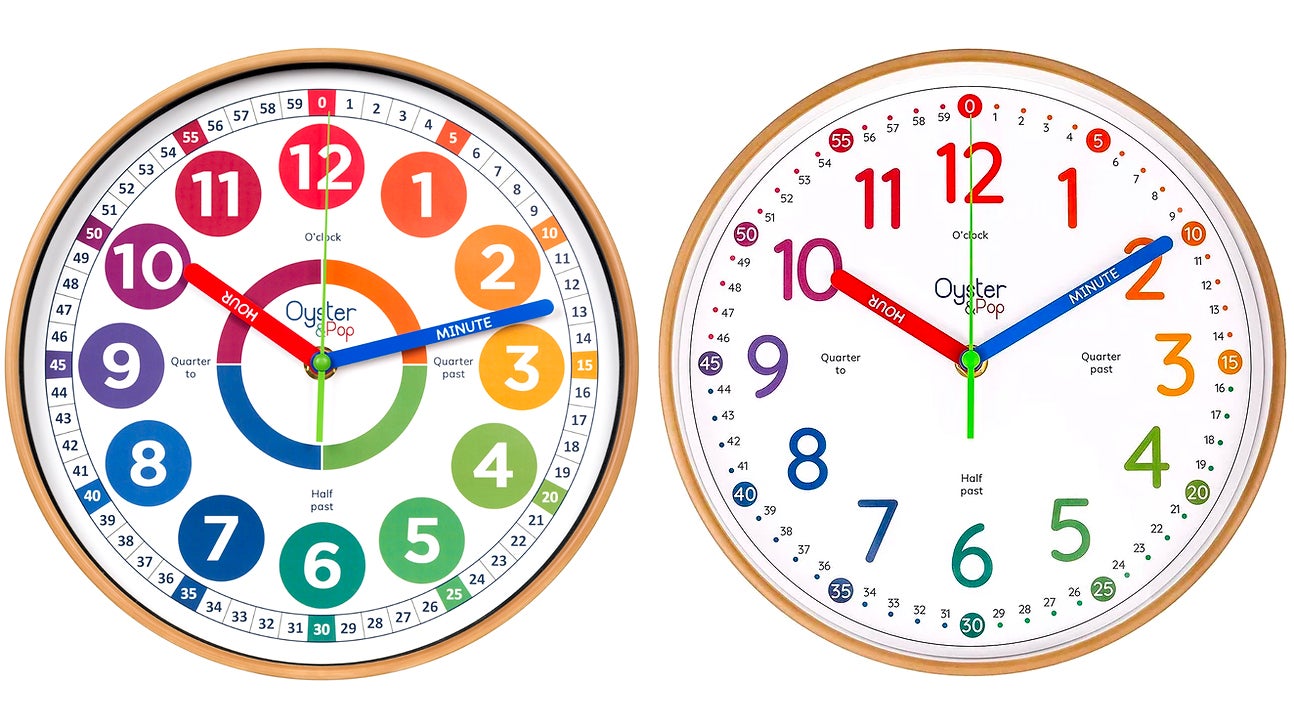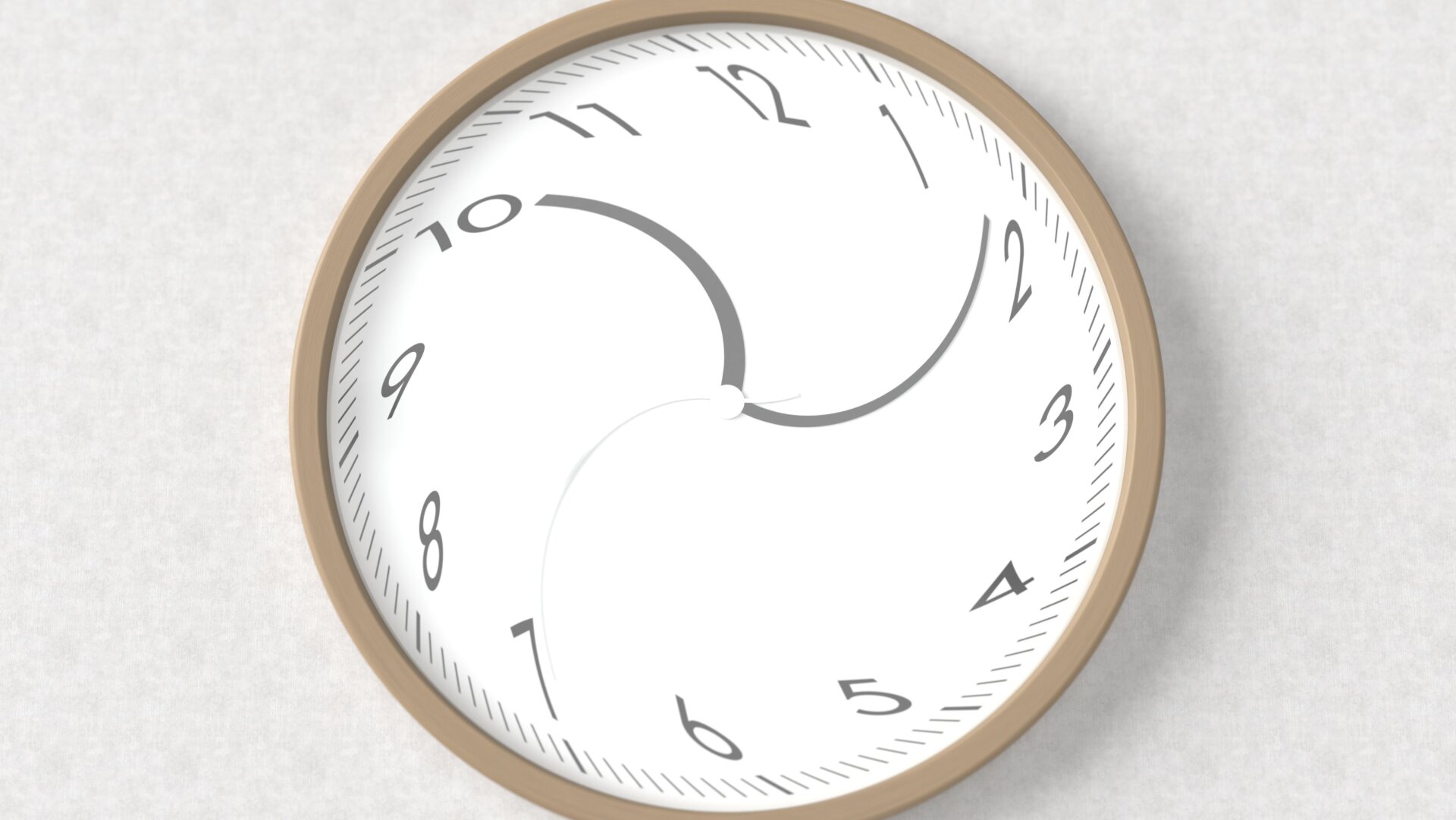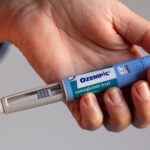Unlike $20 digital Casios, mechanical watches are incredibly finicky devices, and their ability to keep accurate time can be affected by a number of factors, from the weather to how they’re worn. Swiss watchmaker De Bethune has come up with an incredibly over-the-top way to calibrate its timepieces to avoid issues, by using a robot arm and a practice watch that captures usage data.

First announced back in mid-2019, the De Bethune DB28GS Grand Bleu was the watchmaker’s first sport watch that featured a titanium case. Its also boasts 100 meters of water resistance, making it suitable for activities like diving, too. Plus, it’s got a clever lighting system powered by a small dynamo generator instead of a battery, because like most luxury watches, the DB28GS Grand Bleu is a purely mechanical timepiece that runs on springs and gears and a complicated collection of mechanical components.
As much of an engineering marvel it is, the DB28GS Grand Bleu still faces the same challenges that all mechanical watches do: everyday factors, including the temperature of the room it’s in, the activities of the wearer, occasional bumps and shocks, and even something as invisible as atmospheric pressure, can all affect how its mechanical components behave, which in turn affects its ability to accurately keep time.
To help account for these variables, mechanical watches can be tuned and calibrated, but most of the time a technician is simply making educated guesses about what a watch might experience when it leaves the factory. So De Bethune came up with what it calls the “Sensoriel Chronometry Project,” to give its technicians more useful data when calibrating a timepiece for a specific user.
Those lucky enough to be in a position to drop $93,500 on the De Bethune DB28GS Grand Bleu will now be offered the chance to first wear a test watch packed with sensors for a period of two weeks. This watch will record what their daily activities are like, as well as the environmental conditions the watch will be exposed to: almost two million pieces of data every hour. Relatively speaking, two weeks is just a small snapshot of an owner’s life, but it means De Bethune’s technicians will have a much better idea of how the watch will be used, and what it will have to endure on that specific customer’s wrist.
After the two week test period, the sensor watch is returned to De Bethune and the data is sent to the De Bethune Chronometry Workshop in Switzerland, where the company has built a robotic arm inside an atmospheric chamber. The arm can accurately recreate the customer’s recorded movement patterns, as well as the environment where they live. This allows the company’s technicians to fine tune and calibrate the timepiece’s components and perform additional testing, to ensure its timekeeping capabilities will be as accurate as possible for its new owner.
As over-the-top as the approach may seem, when you’re spending $93,500 on a device that’s only real purpose is to tell the time, you’re probably going to want to ensure it can do that as reliably as possible.














